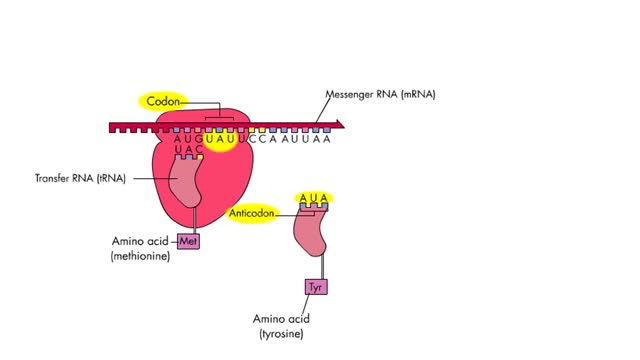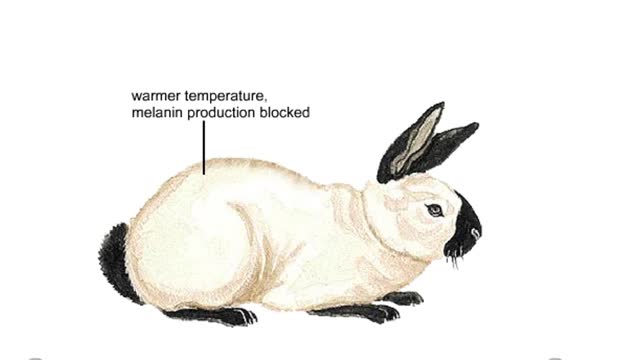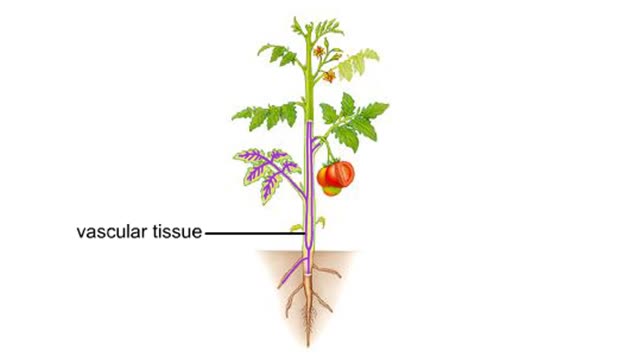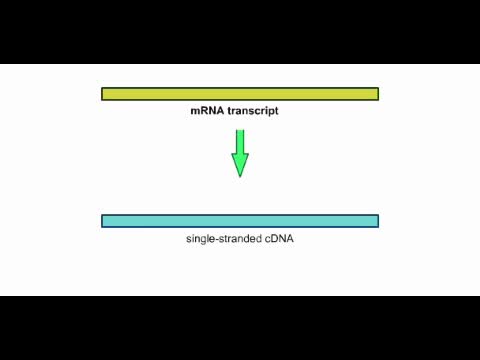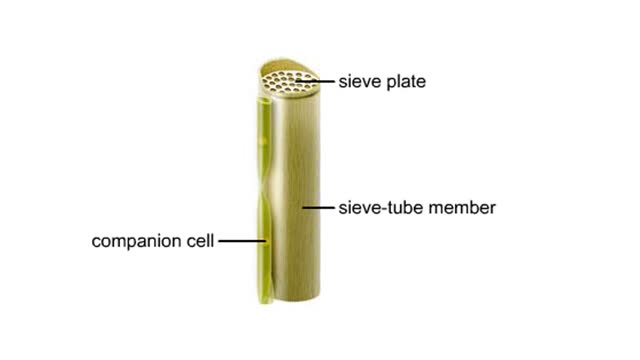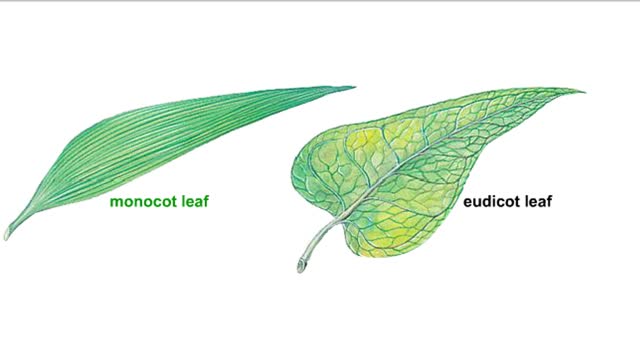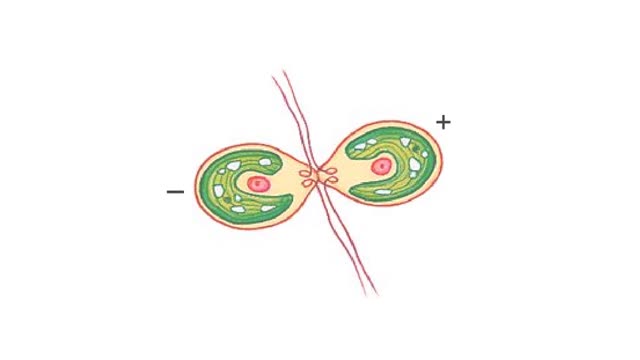Search Results
Results for: ''
The 4 steps of translation Animation
By: HWC, Views: 2527
Translation is the process of formation of a polypeptide chain according to codon present in mRNA. The four steps of translation are: Activation or charging of tRNA Initiation – recognition of start codon, binding of ribosomal subunits to mRNA and formation of initiation complex with Met-tR...
Effect of the environment on coat color in the Himalayan rabbit Animation
By: HWC, Views: 2250
An organism's phenotype—the combination of traits that we observe—is the product of interactions between its genotype and the environment. For example. a Himalayan rabbit is completely white at birth. But within weeks, the fur on the rabbits ears, nose, tail. and lower legs darkens. The...
Transcription—A molecular view
By: HWC, Views: 2231
Transcription, as related to genomics, is the process of making an RNA copy of a gene's DNA sequence. This copy, called messenger RNA (mRNA), carries the gene's protein information encoded in DNA. During transcription, a DNA molecule is copied into RNA molecules that are then used to translate...
By: HWC, Views: 1248
The bulk of the plant body is comprised of ground tissue. Vascular tissue threads through the ground tissue. It distributes water, solutes, and organic substances through the plant body. Dermal tissue covers and protects the surfaces of the root and shoot systems.
By: HWC, Views: 1256
This animation shows how an mRNA transcript can be used to make a cDNA strand.
Vascular tissues in a corn stem and a buttercup root
By: HWC, Views: 1167
Vascular tissues in a corn stem and a buttercup root. The cells that make up each tissue. Xylem conducts water and dissolved ions. It also helps mechanically support a plant. The cells, called vessel members and tracheids, are dead at maturity. Their lignified walls interconnect and serve as p...
How eudicots (true dicots) differ from monocots Animation
By: HWC, Views: 1532
Most flowering plants are either monocots or eudicots. They have the same tissues, but slightly different features. Monocot seeds have a single cotyledon, or seed leaf. Eudicot seeds have two cotyledons. Monocot flowers usually have petals and other floral parts in multiples of three. Flow...
Apicomplexan life cycle Animation
By: HWC, Views: 1012
Malaria is caused by the sporozoan, Plasmodium. It is transferred to humans by mosquitoes. When an infected mosquito feeds, infective sporozoites move from her salivary glands into the human body. The bloodstream carries the sporozoites to the liver. Here, they reproduce asexually and...
Green alga life cycle Animation
By: HWC, Views: 1265
Chlamydomonas zoospores are haploid flagellated cells. As long as conditions are favorable, these cells reproduce asexually. As many as sixteen cells may form by mitosis within a parent cell. Daughter cells escape when the cell wall ruptures. When conditions become less favorable, the...
Advertisement



